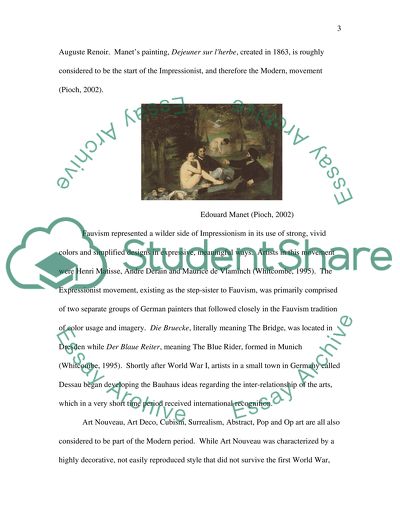Cite this document
(“Modernism to Postmodernism in Fashion and Design Essay”, n.d.)
Retrieved from https://studentshare.org/design-technology/1537644-modernism-to-postmodernism-in-fashion-and-design
Retrieved from https://studentshare.org/design-technology/1537644-modernism-to-postmodernism-in-fashion-and-design
(Modernism to Postmodernism in Fashion and Design Essay)
https://studentshare.org/design-technology/1537644-modernism-to-postmodernism-in-fashion-and-design.
https://studentshare.org/design-technology/1537644-modernism-to-postmodernism-in-fashion-and-design.
“Modernism to Postmodernism in Fashion and Design Essay”, n.d. https://studentshare.org/design-technology/1537644-modernism-to-postmodernism-in-fashion-and-design.


